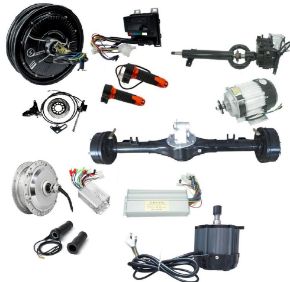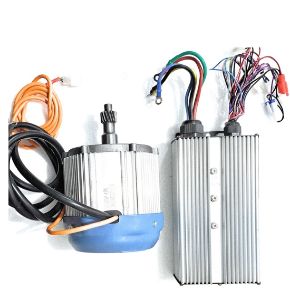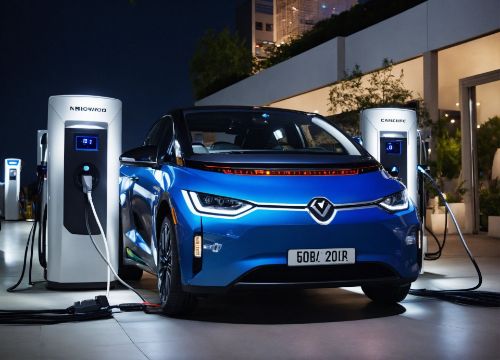Electric cars use different types of chargers with various connectors, and the choice of charger depends on factors such as the car model, its battery capacity, and the available infrastructure. Here are some of the common types of chargers and their connector details:
Level 1 Charger (120V AC):
- Connector: NEMA 5-15 (standard household outlet)
- Typical Charging Power: 1-2 kW
- Charging Time: Slow charging, suitable for overnight charging.
Level 2 Charger (240V AC):
- Connector: Various types including SAE J1772, Type 1 (North America) and Type 2 (Europe, Asia).
- Typical Charging Power: 3-22 kW
- Charging Time: Faster than Level 1, suitable for home charging and public charging stations.
DC Fast Charger (Direct Current):
- Connectors: CHAdeMO, CCS (Combined Charging System), Tesla Supercharger.
- Typical Charging Power: 50 kW to 350 kW
- Charging Time: Rapid charging, suitable for long-distance travel and quick top-ups.
- Note: Tesla Superchargers are exclusive to Tesla vehicles, while CHAdeMO and CCS are more universal standards.
Tesla Supercharger:
- Connector: Proprietary connector for Tesla vehicles.
- Typical Charging Power: Varies (up to 250 kW or more for newer Superchargers)
- Charging Time: Faster charging for Tesla vehicles, primarily found at Tesla Supercharger stations.
Inductive Charging (Wireless):
- Technology: Qi wireless charging, similar to wireless phone charging.
- Charging Time: Generally slower than wired charging.
- Note: Still in early stages of adoption, not as widespread as plug-in charging.
Pantograph Charging:
- Connector: Overhead pantograph or a retractable arm.
- Typical Charging Power: High power, suitable for buses and some electric trucks.
- Note: Not as common for passenger vehicles, primarily used in public transportation.
The adoption and availability of these chargers may vary by region, and new standards or updates might be introduced as technology evolves. It's essential for electric vehicle owners to be aware of the charging infrastructure in their area and the compatibility of their vehicle with different charging standards.



















